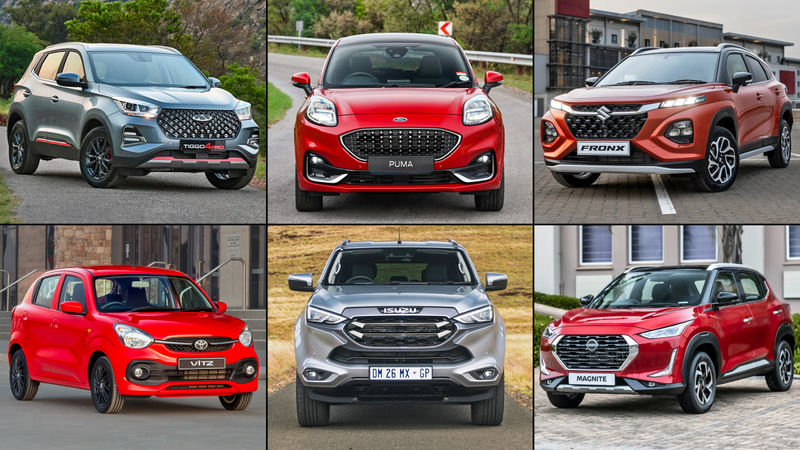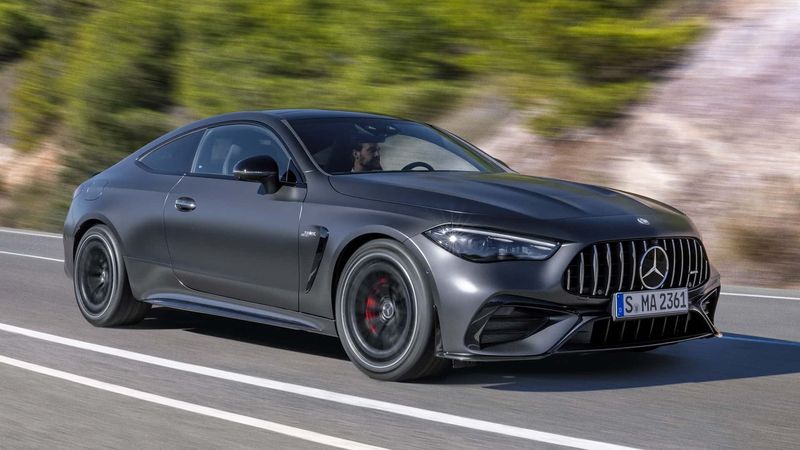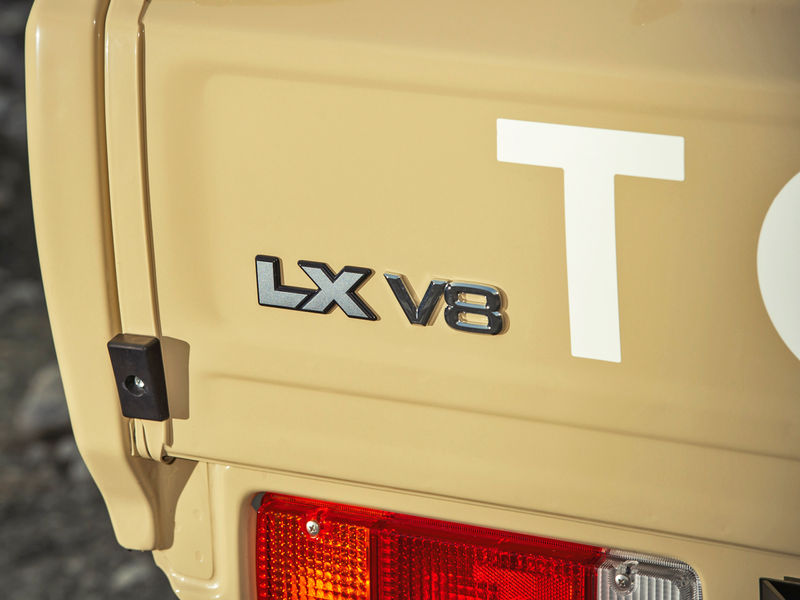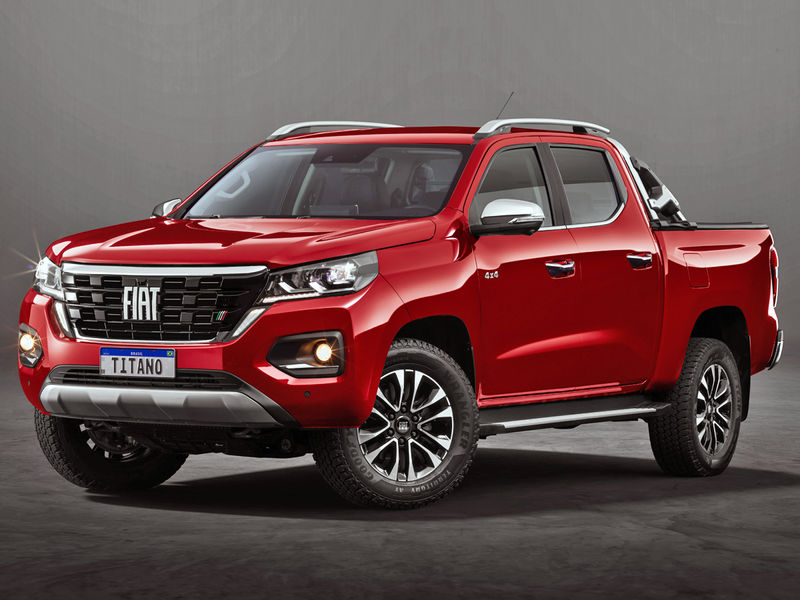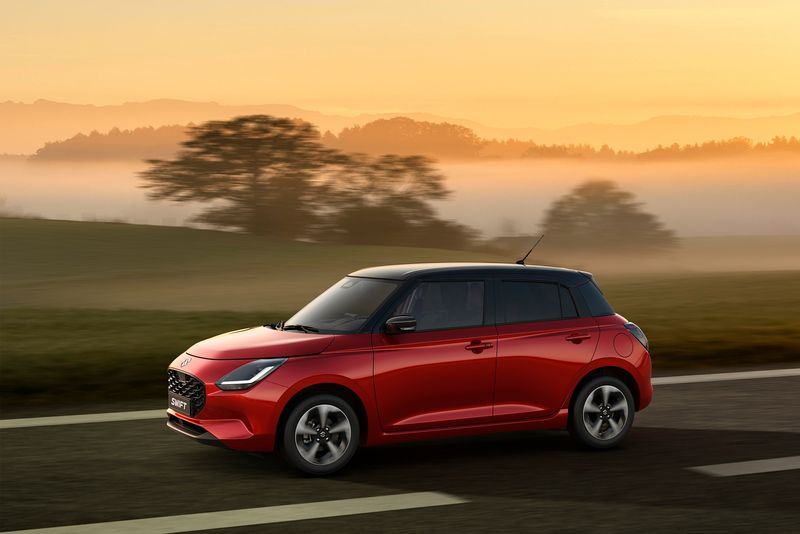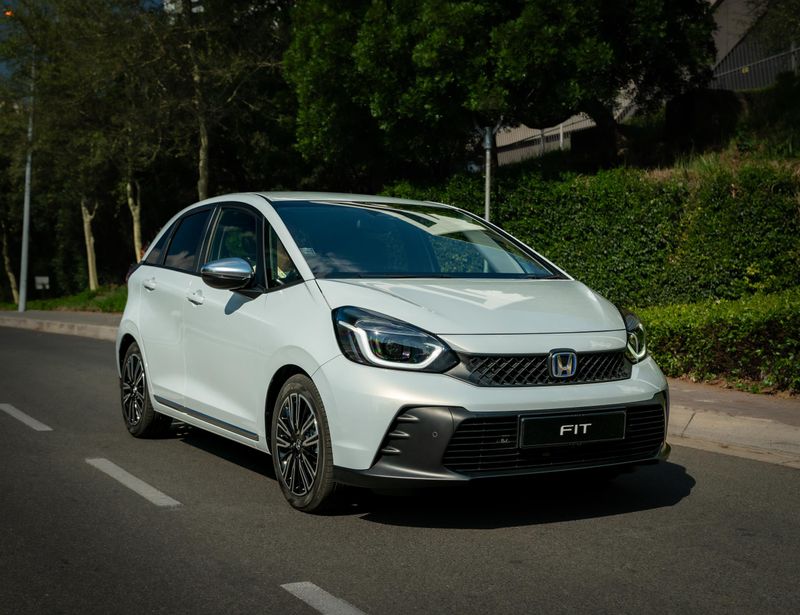












We like:Ride refinement, performance, build quality
We don’t like:Eye-watering price, tight rear legroom
Model: 3.0 V6 TDI Extreme 4MotionPrice:R996 000 before options (January 2021)Engine:3.0-litre turbodieselV6Power/Torque:190kW/580NmTransmission:8-speed automaticFuel consumption:9.5 L/100 km (claimed)Top speed:207 kph

Still looks the part, doesn't it? Flagship Extreme model boasts 20-inch alloy wheels as standard while body-colour "sports bar" is optional.
An all-new Amarok (which will be based onthe next-generation Ford Ranger)is expected to be introducedin 2022– and it will bemanufactured right here in South Africa (by Ford). The current model has been on the local market since 2011and is, therefore, enjoying a much longer product life than what is usually the case. Volkswagen got many aspectsof the 1st-generation Amarok spot on…
While single-cab workhorse versions never took off on the local market, the premium character and inherent refinement ofthe big VW made it a leading contender in the Leisure Double-Cab segment. In fact, it has won this segment in the Cars.co.za Consumer Awards – Powered by WesBankfor 2years in a row, defeating the market favourites from Ford (Ranger) and Toyota (Hilux).
Its victories had a lot to do with the fitment of VW's lusty 3.0-litreV6 turbodiesel engine, which is turned up to 190 kW (from 165 kW) in the3.0 V6 TDI Extreme 4Motion. Priced just R4 000 shy of a million, it's the most expensive bakkie on sale in Mzansi. During the month the VWspentin our testfleet,we hitthe long road (which includedgravel- and off-road excursions) to find out whether it can justify its price tag.
Performanceand ride/handling

We did a lot of gravel-road driving in the Amarok, an area where it remains one of the best on the market.
In addition to being the most expensive bakkie on the market, the Amarok is also the most powerful. The 3.0 V6 TDI (which used to be the enginein the Porsche Cayenne turbodiesel), now produces190 kW (from 165 kW), but can even deliver 200 kW for short bursts of time. Torque is up to 580 Nm (up from 550 Nm), available from 1 400 to 3 000 rpm and is sent to all four wheels (4Motion permanent all-wheel drive) via an 8-speed automatic transmission. Volkswagen claims a 0-100 kph time of 7.6 secand a top speed in excess of 200 kph. As we discovered with the 165-kW variant, the Amarok is seriously quick, but I do think that, for most buyers, winningdrag raceswill not be a priority;they'll likely to enjoy the bakkie's stonking overtaking acceleration and serious towing power (it has a 3.5-tonne braked tow rating).
But,having said that, the Amarok V6 TDI is not a bakkie that constantly reminds you of its vast power reserves. The power is there, and instantly accessible, of course, but in general driving conditions, it's a refined and smooth operator, with the 8-speed 'box rushing through the gears to get you the perfect balance of sustainable cruising ability and economy. If you really want to "wake up" the beast, it's best to indicate your intentions to the gearbox by tapping the transmissionlever down into "S" mode, or by using the 'shift paddles mounted onthe steering wheel. In terms of fuel economy, Volkswagen claims an average consumption of 9.5 L/100 km, but a more realisticreturnwould be around the 12 L/100 km mark, especially if you're planningto make use ofthe Amarok's stupendous shove more often than not.

The heart of the most powerful (and fastest) bakkie on sale in South Africa.
There was a time–not thatlong ago–that installing such a powerful engine ina bakkie's engine bay would be regardedas a bit reckless, given the historically relatively utilitarian underpinnings of these "workhorses". There are no such concerns with the Amarok, though, as it has always driven more like a well-sorted SUV than a pick-up. We drove the Amarok on a wide variety of surfaces, including loose gravel and wet tarred roads and it never failed toimpresswith its stability and ride refinement. Somehow, it's less prone to the rear-end skittishness that afflicts so many other bakkies. Road-holding is, of course, aided by the 4Motion all-wheel-drive system. Oh, remember to hit the "Off-road" button when driving on gravel roads, as it recalibrates and boosts the effectiveness of the ABS on low-grip surfaces.
When you head off the beatentrack,the Amarok continues to impress, although it's not ultimately as capable assay, a Hilux – largely because it cannot match the Toyota'sground clearance and (to some extent) axle articulation. Still, as long as you can clear an obstacle, you're likely to goover (or through) it with ease thanks to the V6's sheergrunt. It continues to amaze us just how capable the Amarok is off-road without a low-range 'box or selectable off-road modes. The very low-geared 1st ratio, great throttle modulation and alockable rear diff help its cause, but it's not a class-leader in the reallyrough stuff.
Exterior design & Packaging

Swoopy Extreme-badged "sports bar" looks the part… but is of little practical use.
By virtue of receivingnumerous updates and detail refinements through the years, the Amarok arguably remains one of the most handsome pick-ups on the market. This Extreme-badged variant is particularly pleasing to the eye. Finished in Indium Grey metallic and riding on striking (standard) 20-inch Talca alloy wheels, this particular examplealso featureda body-coloured "sports bar", which is an optional extra. Rounding off the neatexterior look are bi-xenon headlights with LED daytime running lights, a blacked-out B-pillar and 4Motion side decals.
The Extreme's limited practicalityis a drawback, however. It's not a problem that's unique tothe Amarok, but considering this vehicle's high askingprice, one would have expected some sort of load-areacover, whether by a traditional tonneau (canvas) cover, or perhaps a roller-shutter system –as fitted to the new Hilux RS. Plus,for the nicely-sized load bay to be useable, it really needs to be rubberised as standard.
Volkswagen claims the Amarok's cabin isthe most capaciousin its class and it certainly is generous in terms of width (shoulder room) and height (headroom), but it is not a class-leader in the area of rear legroom. There are no such issues at the front, however, where the steering column offers a generous range of adjustment (rake and reach);the VW's cabin width and excellent seats give it a luxury SUV feel.
Interior execution and features

Amarok still boasts one of the classiest cabins in the bakkie segment.
Although lacking in soft-touch plastics on the fascia, there are enough premium surfaces and detailing in the Amarok's cabin to make it look "expensive". This Extreme gets special Nappa leather with contrast stitching, 14-way electrically adjustable front seats (with heating) anda leather-wrapped steering wheel with shiftpaddles. It has atypically (for the brand) neat fascia layout, with analogue instrumentation flanking a digital information screen. Dual-zone climate control, cruise control and a comprehensive infotainment touchscreen system is fitted (the latter of which includes satellite navigation). Of course, a reverse-view camera is part of the deal, as are automatically activated wipers and lights.
On the safety side, the Amarok offers ABS with EBD, an electronic stability programme and tyre pressure monitoring, but it lags its rivals in the airbagcount. The Amarok comes from an era when rear airbags were not considered a high priority in this segment, but times have changed, and the lack of any airbag protection in the rearcould be ofconcern tothose buyers hopingto use the VWas a family vehicle.
The Amarok 3.0 TDI V6 Extreme 4Motionsells for R996 000 (before options, January 2021). Included in the price are a 3-year/100 000km warranty and 5-year/90 000 km service plan. Service intervals are scheduled for every 12months/15 000km.
Browse for a new or used Volkswagen Amarok on Cars.co.za

Even after a decade, the Amarok's combination of handsome design, refined and powerful performance and SUV-like ride/handling continues to impress.
In most ways, the VW Amarok 3.0 V6 TDI Extreme is a moreconvincing R1-million bakkie than the now-discontinued Mercedes-Benz X-Class ever was. This is quite an astonishing achievement, given the advanced age of the Amarok platform. But is this particular derivativeworth more than R100k in outlay compared with, for example, the Ford Ranger Raptor and latest top-spec Toyota Hilux? The answer to that question ultimately depends largely on how desperately you need that extra oomph (perhaps you need to tow sizeable trailers often). Engine aside, the Amarok remains a class-leader in terms of refinement and ride comfort, but it now trails newer offerings when it comes to cabin packaging (rear legroom), features (keyless entry, adaptive cruise control etc.) as well as safety (no rear airbags).
New Amarok design Down Under
Bakkies coming to SA in 2021
